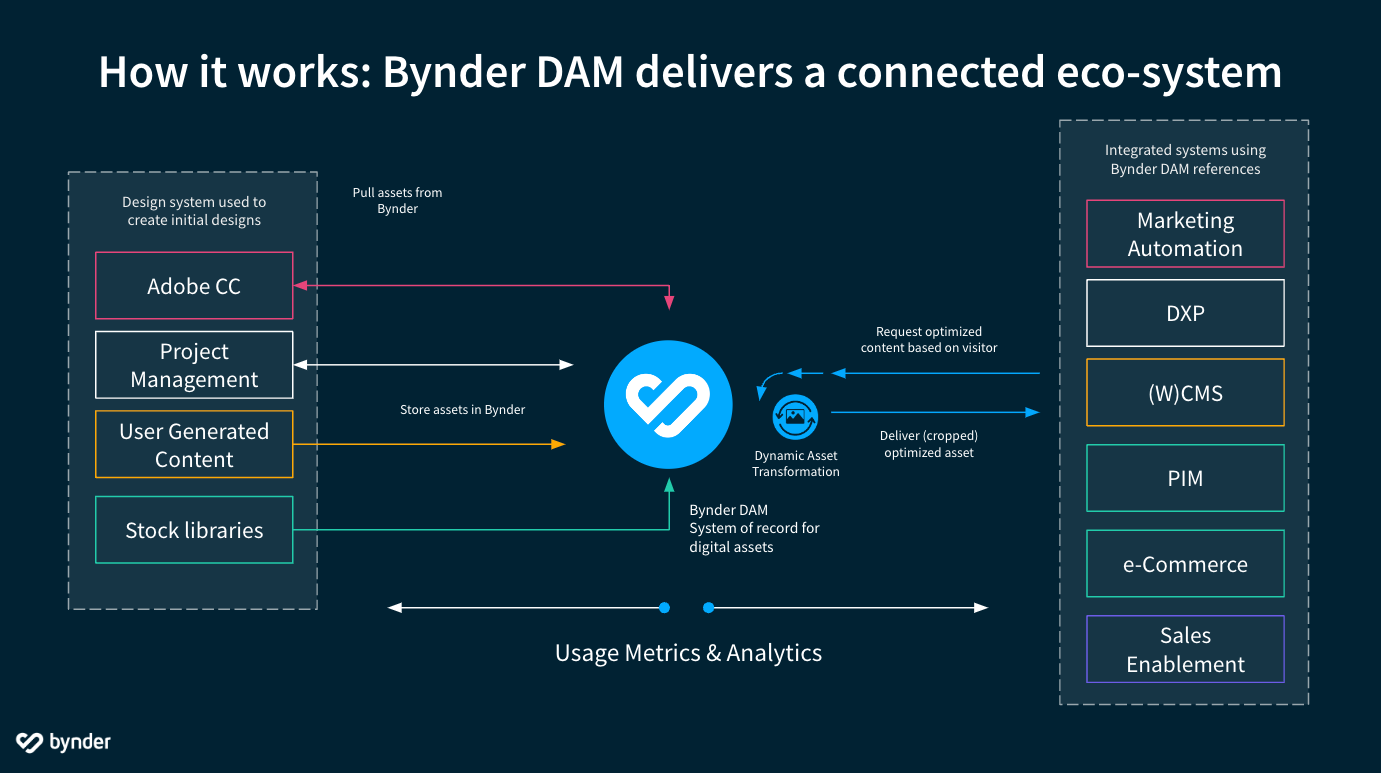DAM plus cloud storage. Is it one or the other? Or is it greater than the sum of its parts?
This article highlights a few key differences between DAM and cloud storage solutions (like Google Drive, Box, or Dropbox). A few items stood out to me to differentiate the two:
- Focus- I love this: “Cloud storage primarily focuses on the user, while a DAM system focuses more on the assets themselves”. With cloud storage, the user defines most of the sharing and rights, naming, etc. but DAM puts the asset at the center: based on data about your assets, the right people automatically have the right access.
- Metadata- With DAM, the structured application of data about your assets allows for more flexibility in searching, greater insights about the assets you actually have (and use), and easier content management. Metadata also allows you to link and relate assets that are otherwise lost to each other, saving time and money to reproduce content you might already have on hand.
- Automation - Because of all that great data applied in a systematic, repeatable way, DAM allows you to integrate your systems to automate tasks throughout an asset’s lifecycle that save time, reduce risk, increase consistency, and ultimately (again), saves money. For any content that needs to be uploaded, downloaded, or moved between systems, automating those processes is a no-brainer.
We use both DAM and a cloud storage solution here at Bynder, and I’d love to hear from you! Are you using cloud storage with your DAM? How do you differentiate usage between the systems? Any best practices to share about using both?



